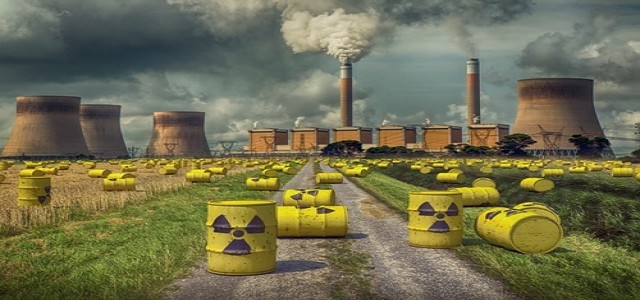
Scientists have reportedly made significant progress toward making fusion energy a reliable and viable source of energy. The breakthrough could lead to the development of a completely new type of renewable energy source, which would transform the way the planet is powered.
The process of nuclear fusion is arguably best known as the source of energy for stars. Researchers believe that this process can be carried down to Earth and used as a long-term power source.
Recreating this process in a lab, however, has been challenging. At present, lab recreations consume considerably more power than they generate, making it mostly ineffective on a broader scale.
However, now scientists are saying that they have successfully developed a process that, using nuclear fusion, enables matter to self-heat when it is in a plasma state, which might be a a major step in the journey towards harnessing nuclear fusion energy.
The supposed research is discussed in a study, titled 'Burning plasma achieved in inertial fusion', which got published in Nature. An additional study in Nature Physics explains how the researchers were able to effectively improve their experimental setup.
The groundbreaking experiment merely answers one of many questions surrounding fusion reactors, and as such hints towards how much more work needs to be done. Yet, it met a key criterion for self-sustaining nuclear fusion, as anticipated and expected.
For the research, scientists used hydrogen isotopes deuterium, which could be seen in seawater, plus tritium, which is generated in a reactor, to carry out this research. They used both of them to make a burning plasma.
The particles formed when the nuclei fuse become the primary source of heating plasma when it is being burnt.
The scientists were able to produce over 100 kilojoules of energy in four independent experiments. They were able to obtain 170 kilojoules of energy from a millimeter-sized sphere containing less than a milligram of isotopes in one of them.
Though this is significantly more energy as compared to what was put into the fuel, it is still a small quantity in total, overcoming the persistent challenge that nuclear fusion takes more energy than it creates. Even still, the process cavity, as well as the laser necessary to heat it still consumes significantly more energy.
Source credit: https://www.independent.co.uk/tech/nuclear-fusion-energy-plasma-matter-b2001228.html




